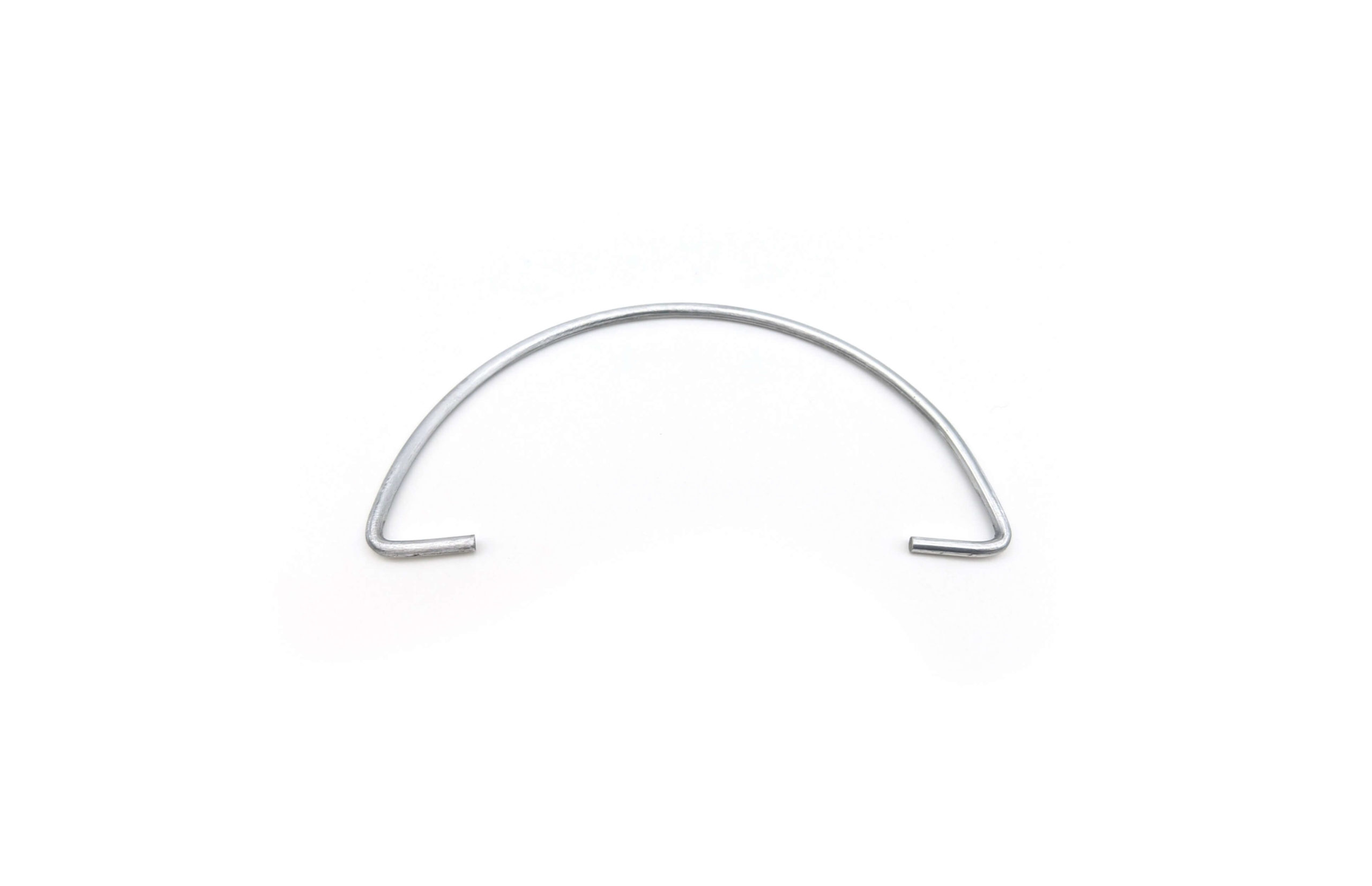Get unique, complex parts easily. No matter your requirements, Chaoyi Spring creates hard-to-produce coil springs and wire forms.
Let us help you create the custom wire form you need, from S-hooks and J-hooks to utility hooks and more.
We work closely with customers across a wide range of industries, helping them design and manufacture made-to-order parts.
Why choose Chaoyi Spring? We prioritize customer-focused collaboration, modern equipment and the latest technology to make your parts per print.
Find the information and guidance you need, from measuring a spring to learning about materials, placing an order and much more.
Compression springs, the unsung heroes of our modern world, are ubiquitous in countless devices and systems, silently working to provide force, control movement, and absorb energy. From the simple act


Compression springs, the unsung heroes of our modern world, are ubiquitous in countless devices and systems, silently working to provide force, control movement, and absorb energy. From the simple act of opening a door to the intricate mechanisms of a car engine, compression springs play a critical role in our daily lives. Their ability to store and release energy, withstand compressive forces, and return to their original shape makes them invaluable components in a wide range of applications. This article delves into the fascinating world of compression springs, exploring their properties, types, design considerations, and applications.

Imagine a coiled wire, tightly wound and ready to spring back to its original form. That's essentially what a compression spring is – a helical coil made from elastic material, most commonly spring steel. When a compression force is applied to the spring, it compresses, storing potential energy. Once the force is removed, the spring's inherent elasticity pushes it back to its original length, releasing the stored energy. This ability to store and release energy makes compression springs incredibly versatile and useful in numerous applications.
The heart of a compression spring's function lies in its spring rate, which is a measure of the force required to compress the spring a specific distance. A higher spring rate means a stiffer spring, requiring more force to compress it. Conversely, a lower spring rate indicates a more flexible spring that compresses easily. The choice of spring rate depends heavily on the specific application and the forces involved.
Compression springs come in various forms, each tailored for specific applications. Some common types include:
Designing a compression spring involves several crucial considerations to ensure optimal performance and longevity:
Compression springs are found in a vast array of applications, from everyday objects to complex machinery. Here are just a few examples:
Selecting the right compression spring for your specific application requires careful consideration of several factors, including the operating forces, environment, and desired performance characteristics. To ensure optimal performance and longevity, it's crucial to consult with a qualified spring manufacturer or engineer who can provide expert advice and custom solutions.
Compression springs are the unsung heroes of our modern world, silently working behind the scenes to provide force, control movement, and absorb energy. Their ability to store and release energy, withstand compressive forces, and return to their original shape makes them invaluable components in a wide range of applications. From the simple act of opening a door to the intricate mechanisms of a car engine, compression springs are ubiquitous in our daily lives, quietly enabling the smooth functioning of countless devices and systems. Their versatility and resilience make them a critical component in the world of mechanics, and their importance will likely continue to grow as technology advances.
Compression springs are an essential component of modern technology, offering a wide range of applications in industries like automotive, consumer products, industrial machinery, medical devices, and more. Their ability to store and release energy, withstand compressive forces, and return to their original shape makes them a crucial element in countless devices and systems. By understanding their properties, types, design considerations, and applications, we can appreciate the silent power and versatility of these seemingly simple yet indispensable mechanical components.
Browse some of the custom wire forms and springs that we manufacture. Don’t see what you need? We specialize in made-to-order products that meet your application requirements.
Visit Our GalleryNeed a custom wire form or coil spring? We make it work. Fill out the contact form and a representative will respond within 1 business day. If you have a PDF or CAD file, you can submit to request a quote.